THIS IS NOT CUT
THE DIFFERENCE BETWEEN CUT, CUT GRADE, CUTTING STYLE, AND DIAMOND SHAPE
This post contains affiliate links. If you use these links to buy something I may earn a commission. Thanks! As an Amazon Associate I also earn from qualifying purchases.
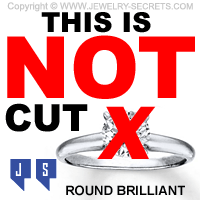
Everyone is so hung up on color and clarity…
“It must be VS!”
“You need G color or higher!“
“It has to be certified!“
But very little time, thought or effort is put into “cut“.
This is not only the fault of the consumer, but also the jeweler, salespeople, and the entire diamond industry.
Cut is almost an afterthought.
It’s complicated. Confusing. Misleading. And can easily be overlooked.
Even huge nationwide jewelers sell solitaires and loose diamonds without listing the actual cut. Or if they do, they don’t list it properly. Or, they list it as something entirely obscure.
For example:
This is not cut…
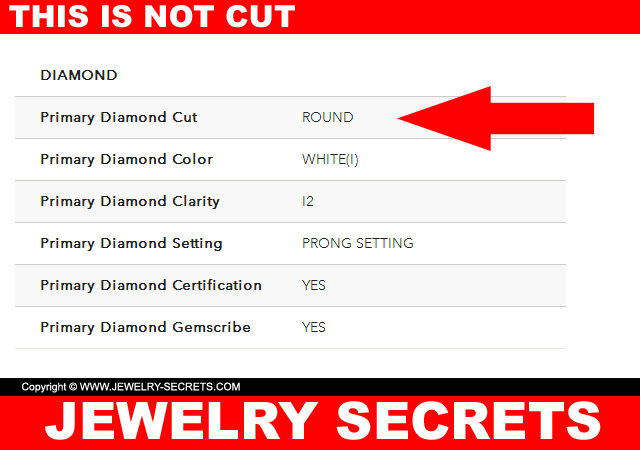
This is not cut either:
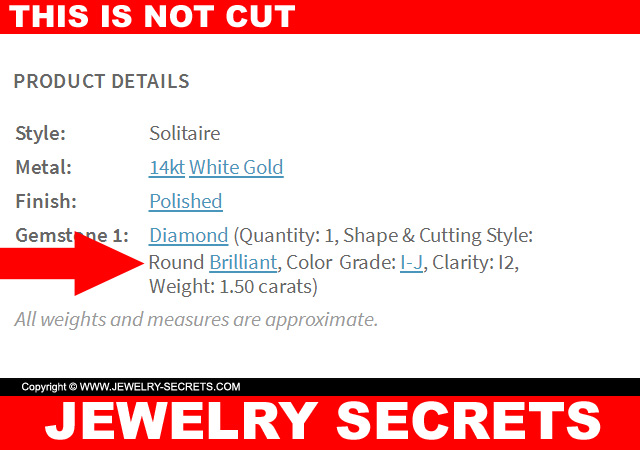
And this is certainly not cut:
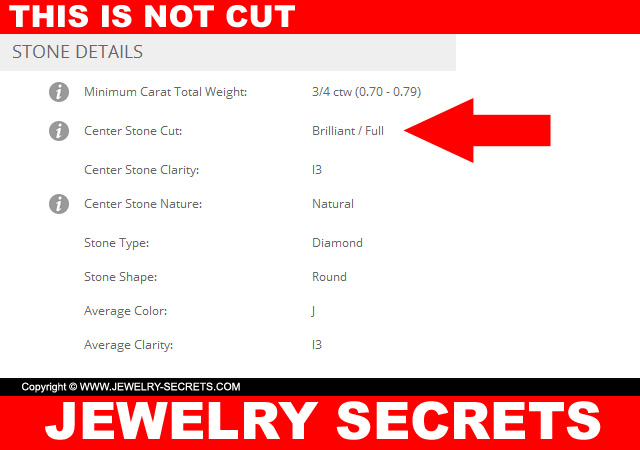
(P.S. These screenshots are taken from solitaire diamond rings from jewelers like; Kays, Jareds, Helzberg, Zales, Fred Meyers…)
It’s like jewelers know people look for “the 4C’s“. They know they look for cut, color, clarity and carat weight. The 4C’s have been implanted into people’s minds for 100 years… So customers look for “cut”, see something in the cut category, and are perfectly fine with that.
“It has a cut. That’s good, right?”
Some of these stores don’t even list cut at all:
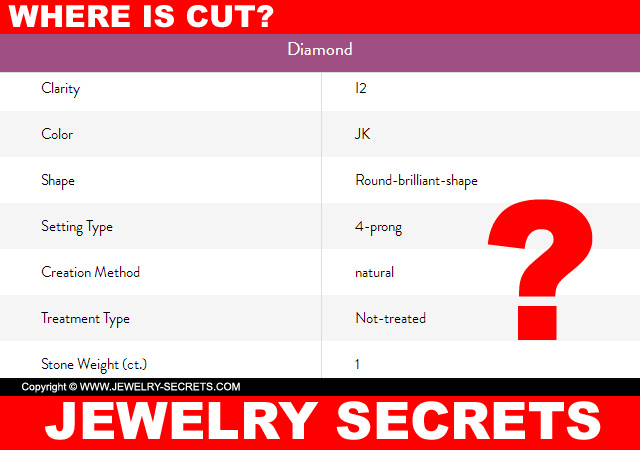
They don’t list cut, nor mention it in the least (unless you bring it up to them, and then they’ll say something about diamonds being cut too narrow or too deep losing light… but not really telling you what the cut of the diamond really is).
Out of sight, out of mind???
To the average Joe (who knows little about diamonds or quality), cut is shape, or the cutting style, or just the name itself…
“The cut is round!”
“The cut is brilliant.“
“The cut is full.“
Isn’t that enough?
NO! Not by a long shot.
When we’re talking about “cut“, we’re actually talking about a “cut grade“. Cut grades are grades given to diamonds based upon how they are proportioned (width, height, crown/pavilion angles, girdle thickness, culet size…)
Cut is not the “shape” of the stone:
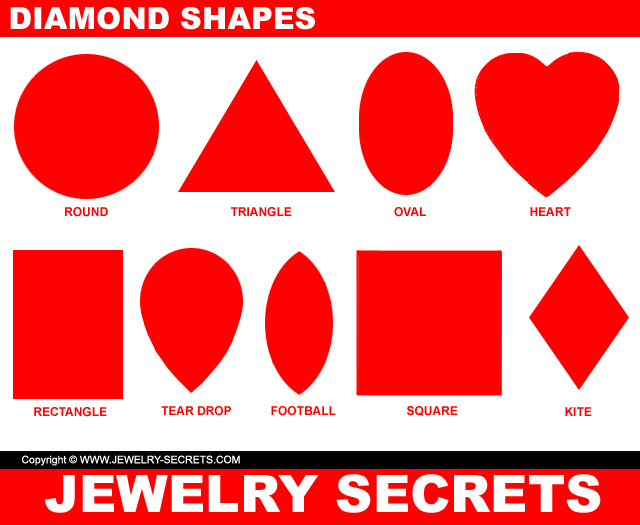
Cut is not the name of the “cutting style”:
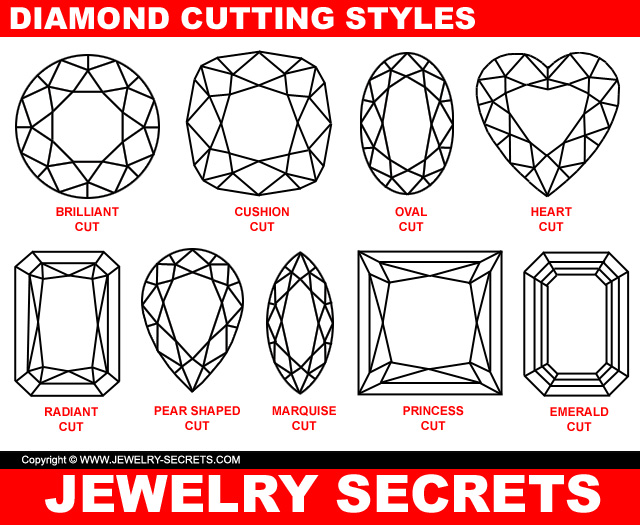
Cut is proportions, as shown in the diamond profile on a GIA diamond report below:
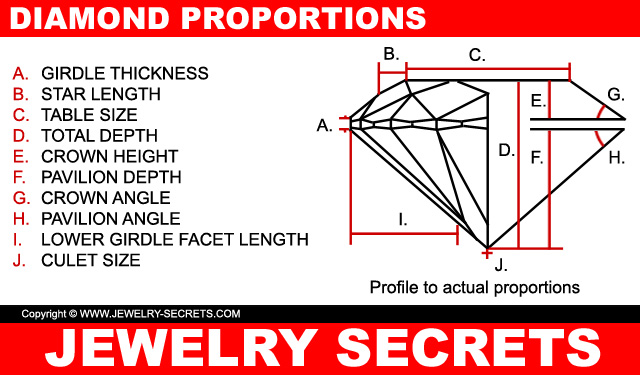
That’s CUT!
And the way these proportions, numbers and percentages come together, are what determines cut. It’s all meticulously graded.
GIA cut grades:
GIA (The Gemological Institute of America), rates cut in 5 different grades from best to worst:
Excellent, Very Good, Good, Fair, and Poor
That’s the “cut” you’re looking for. One of those is what you want to see under the “cut” category. And if you don’t see one of those 5 grades, then do yourself a favor; shop elsewhere!
Because cut is way more important then color or clarity.
Cut is what makes a diamond sparkle.
Cut is how light interacts, bounces across the stone, and comes back out in a dazzling display of brilliance, fire, shine and scintillation:
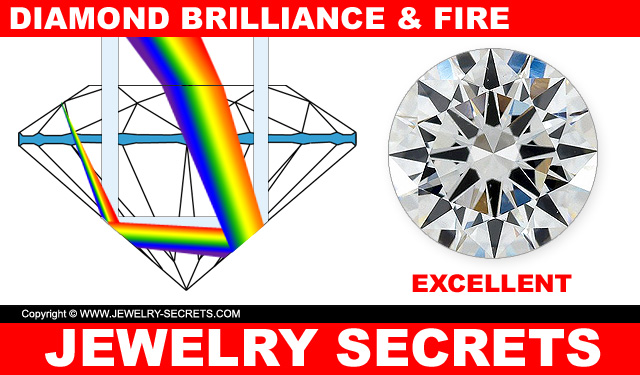
And the best cut grade to buy is excellent (what I always recommend).
But, if you truly want to get the best cut of all, look at triple excellent diamonds (usually called “ideal” in the industry).
This is where a diamond has “excellent” grades in 3 categories: cut, polish, and symmetry. As shown here:
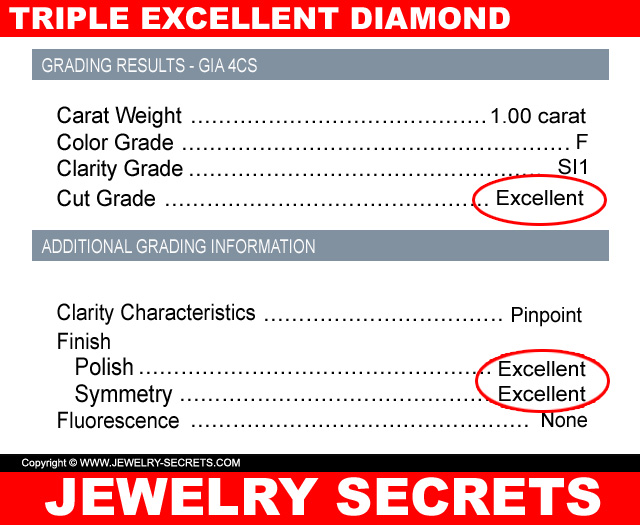
Why not list them?
If you ask me why any jeweler would sell a diamond without a real cut grade, then there are multiple reasons:
- The diamond is not certified (certification costs money, and smaller carat weights, or lower quality stones generally don’t get certified).
- To keep the cost down (if it’s not certified, the diamond will be cheaper by hundreds of dollars, giving them the competitive edge).
- They don’t know it (if a diamond was not certified when the jeweler bought it, or if they don’t have the right equipment to test and examine it, then an actual grade will be unknown).
- They want to be able to sell whatever cut grade they have in stock at the time of purchase. Meaning, if you buy a VS2, G, they could have 4 of them of all different cuts in inventory. And since they don’t list cut, they don’t have to worry about which diamond they grab. It’s a non-issue. They grab whatever they can, whether it be good or bad).
Misleading or vague, it really doesn’t matter. What matters is the real cut grade (unless it’s a small stone. Diamonds under .50 carat are usually not worth the added expense).
So always look for the cut grade:
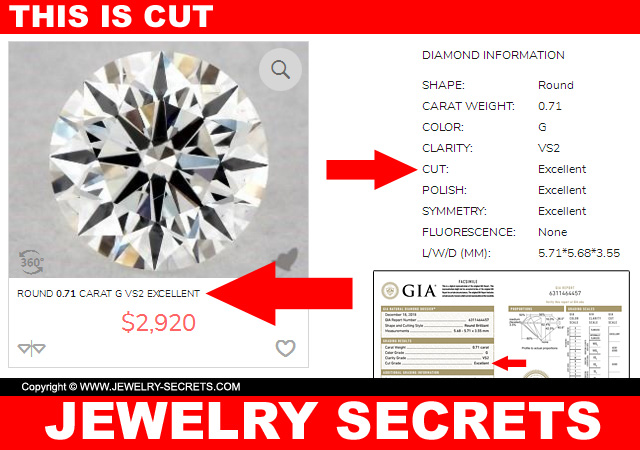
And after that, you can look at carat weight, color and clarity. It’s the only way to shop for diamonds. And the only way to keep from buying a diamond that’s dark, dull, and lifeless.
But there’s 1 more reason why “cut” is not listed:
It’s a fancy cut diamond.
Hold onto your hats… It’s about to get even more confusing.
For only round diamonds get a GIA cut grade!
All the other cuts of diamond do NOT. Princess cuts, cushions cuts, hearts, pears, ovals, radiants, emerald cuts, and any other fancy cuts;
DO NOT GET A CUT GRADE!
This is because fancy shapes and sizes can be cut in any style, shape, width or length desired (whatever fits from the parent rock during the cutting process, nothing is wasted).
Some stones end up long and skinny, some deep and chunky… they all face up differently. Setting a standardized cut grade for them is impossible. They aren’t symmetrical. They can’t be analyzed like a round diamond. There’s thousands of possibilities.
So if you venture into fancy cuts, the question still remains;
How do you know if you’re getting a good cut?
Well, there are a couple of ways to tell:
- Look at the polish and symmetry grades as clues and indicators to the rest of the stone.
- View the diamond for sparkle, see how it faces up, see if it appears dark or lifeless.
- Check out James Allen’s website. They are the only diamond dealers to actually classify and grade fancy cuts like the cushion cut diamond and princess cuts.
The bottom line:
If you want an incredible cut, you must look at the cut grades of GIA certified diamonds.
Opt for “excellent” (triple excellent if you can), and your diamond will sparkle more than a thousand stars in the sky.
See some beautiful triple excellent diamonds here at James Allen.
Cheers! :)


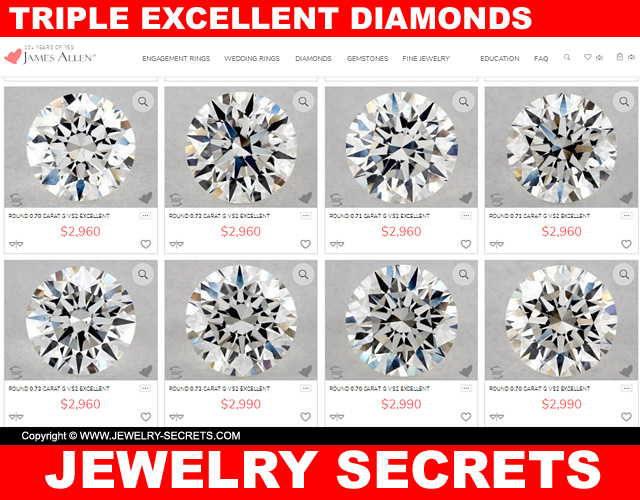
















Leave a comment